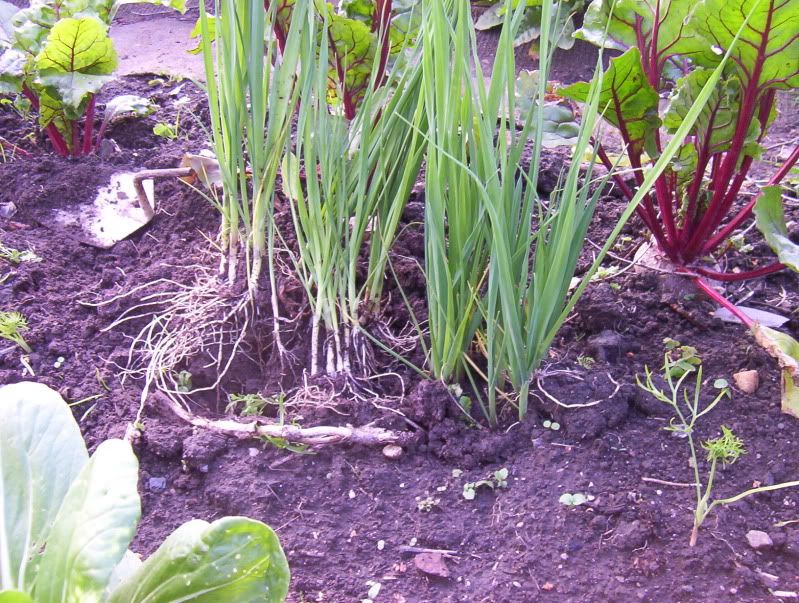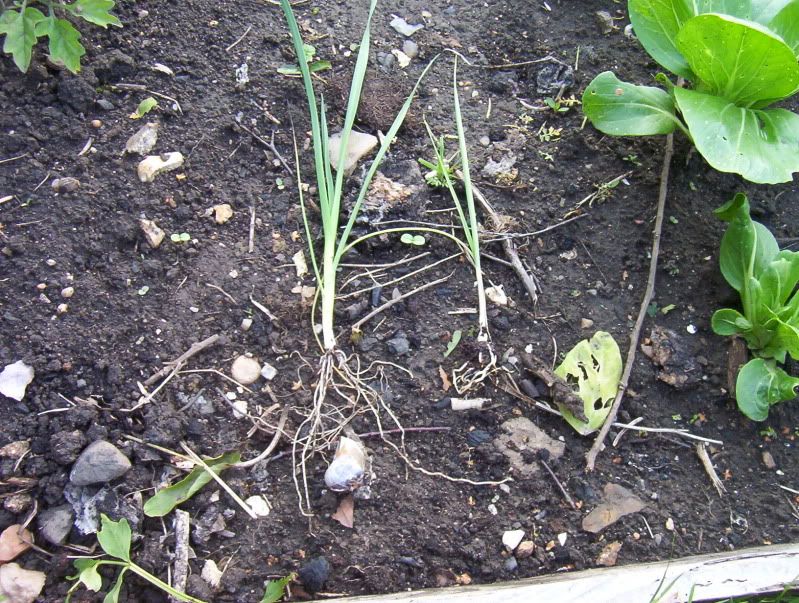Chicken poo is good in small quantities, but it won’t do much to improve your soil in the long run.
Don’t overdose with chicken poo! Basically you are looking at two different things here: fertilizer and compost.
Chicken poo is an organic fertilizer and will add much needed nutrients to help your plants grow, but only apply the amount stated on the container, too much will be bad and may even poison your plants!
Composts are ‘soil improvers’, they work by holding moisture and making the soil more ‘open’ (so roots can breathe), composts usually only contain small amounts of nutrients. Composts can be home made from grass/weeds or bought in and may contain inert material like peat or bark.
Manure is a kind of half way house, traditionally coming from farm animal bedding and waste, it will both improve the soil and add fertilizer. Look for well composted manure, if it is too ‘fresh’ it can damage plant’s roots.
Just to confuse matters, some plants enjoy a ‘poor’ soil, such as alpines. And some vegetable dislike manure (e.g. carrots), so a lot depends what you are intending to grow.
Magazine Articles
Friday 24 June 2011
The Importance of Holding Beds
This could apply to a number of plants but for the purposes of this article, its about Leeks.
Leeks need a long growing season, I usually make my first sowing indoors in January to annoy Kristen
 Followed by further sowings from Feb to March to extend the cropping season.
Followed by further sowings from Feb to March to extend the cropping season.
Now you wouldn't want to plant them out in their final growing position as soon as they were big enough as that would occupy a large amount of the plot for a long time. Land that could be producing something else in the meantime.
Thats where the "holding bed" comes into play, whether you've grown from seed or bought some trays in, it pays to get them in the ground somewhere.
Doesn't have to be a big space, this year I put mine in between the small saladings.

Anywhere, once they have been hardened off, just to let them get their roots into proper soil.

From the same sowing, the one on the left was in a holding bed, while the one on the right got left in a pot.
Note not only the size, but the difference in root growth.
You don't need to separate the roots or thin them out when putting into a holding bed, just slip them out of the tray and let them find the soil themselves.
That way, the only root disturbance comes when you transplant into the final growing position, less growth check.
Happy Leeking
Leeks need a long growing season, I usually make my first sowing indoors in January to annoy Kristen

 Followed by further sowings from Feb to March to extend the cropping season.
Followed by further sowings from Feb to March to extend the cropping season.Now you wouldn't want to plant them out in their final growing position as soon as they were big enough as that would occupy a large amount of the plot for a long time. Land that could be producing something else in the meantime.
Thats where the "holding bed" comes into play, whether you've grown from seed or bought some trays in, it pays to get them in the ground somewhere.
Doesn't have to be a big space, this year I put mine in between the small saladings.

Anywhere, once they have been hardened off, just to let them get their roots into proper soil.

From the same sowing, the one on the left was in a holding bed, while the one on the right got left in a pot.
Note not only the size, but the difference in root growth.
You don't need to separate the roots or thin them out when putting into a holding bed, just slip them out of the tray and let them find the soil themselves.
That way, the only root disturbance comes when you transplant into the final growing position, less growth check.
Happy Leeking

Subscribe to:
Posts (Atom)